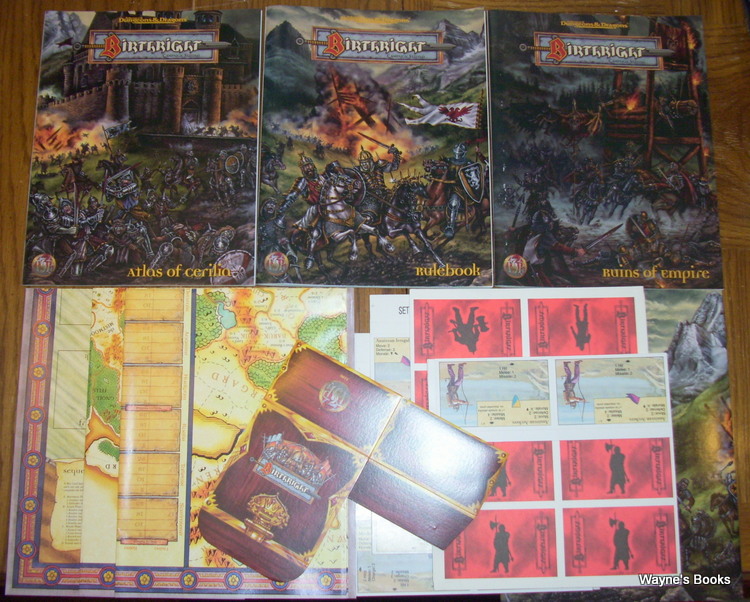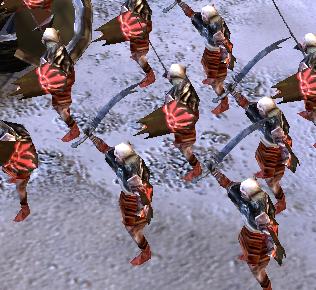



Through analogy, the concept of feudalism extended to Shogunate Japan, parts of Africa, the kingdoms of the Middle East, South Asia, Latin America, South America, and to the “Malay” Archipelago (Nusantara). The basis of power is through land, capital, military, or political control, and these arrangements are hereditary and within selected families from generation to generation. There are normally very few vertical movements of people up and down the hierarchy. Economic organization will also follow this hierarchical order where wealth will be concentrated within the upper echelons of society. Feudalism can be seen as a grant of land, the sharing of power and privilege in return for favour and loyalty, and a structuring of society with well defined layers where each layer forms a sub-culture with different sets of values, beliefs, assumptions, and aspirations. Feudalism could be described as society governed by those eligible through birthright, relationships with the favoured and landed gentry. Traditionally feudalism referred to the order of society in medieval Europe between the 9th and 16th centuries. Feudalism has been treated like leprosy its existence deigned. What is even more amazing is that authors like Messrs Beinhocker, Diamond, Friedman, Ohmae, Porter, and Sachs, have had little, if not anything to say on this matter. The nature of feudalism inhibits people, communities, and nations from making the necessary transformation within economy and society that will ensure escape from the shackles of poverty, to survival with dignity outside the envelop of ignorance that prevents emergence into an aspired place within the world community.

Feudalism is an affliction upon humankind, akin to apartheid and slavery. These two events caused me to reflect on a disease that still festers in many parts of the world – the curse of feudalism. Grand infrastructure and the grand projects to build the icons are symbolic not of Islamic humanism, but rather the gulf between the empowered and powerless in the country. Given that there is little shortage of places of worship one could easily think that the funds used to build the mosque may have better served the cause of Islamic humanism by assisting in elevating poverty. The mosque is located in one of the poorest states of Malaysia where any public discussion of Islam requires a licence from the authorities. I guess perception and meaning is in the eye of the beholder, or alternatively Tariq Ramadan had visited the town in some parallel universe. He saw the mosque as symbolic of Malaysia’s rejection of US values, and the maturing of Islamic humanism. Prof Ramadan wrote a blog after his trip describing a mosque built on the shore with some wind and solar power generation. On a national speaking tour of Malaysia, the renowned Oxford Islamic scholar Prof Tariq Ramadan visited the town where the author is domiciled. Britain, one of the bastions of feudalism in the past has appeared to have come to terms with her infamy, banishing the disease to the annuls of history Conspicuous during this part of the ceremony was the cast of white, black, Asian and other ethnic groups performing as a unified whole, showing the good, bad, and ugly of British history. One of the highlights of the ceremony was a showcase of British cultural and economic evolution. The Olympic Opening Ceremony last Friday night was a spectacular extraordinaire under the direction of Danny Boyle of “Slumdog Millionaire” fame. Editor’s note: This article first appeared in the New Mandala on 24 August, 2012…BUT, as you read the article, you will find that Hunter describes the Malaysia we live in today….his views are relevant then, as they are now.


 0 kommentar(er)
0 kommentar(er)
